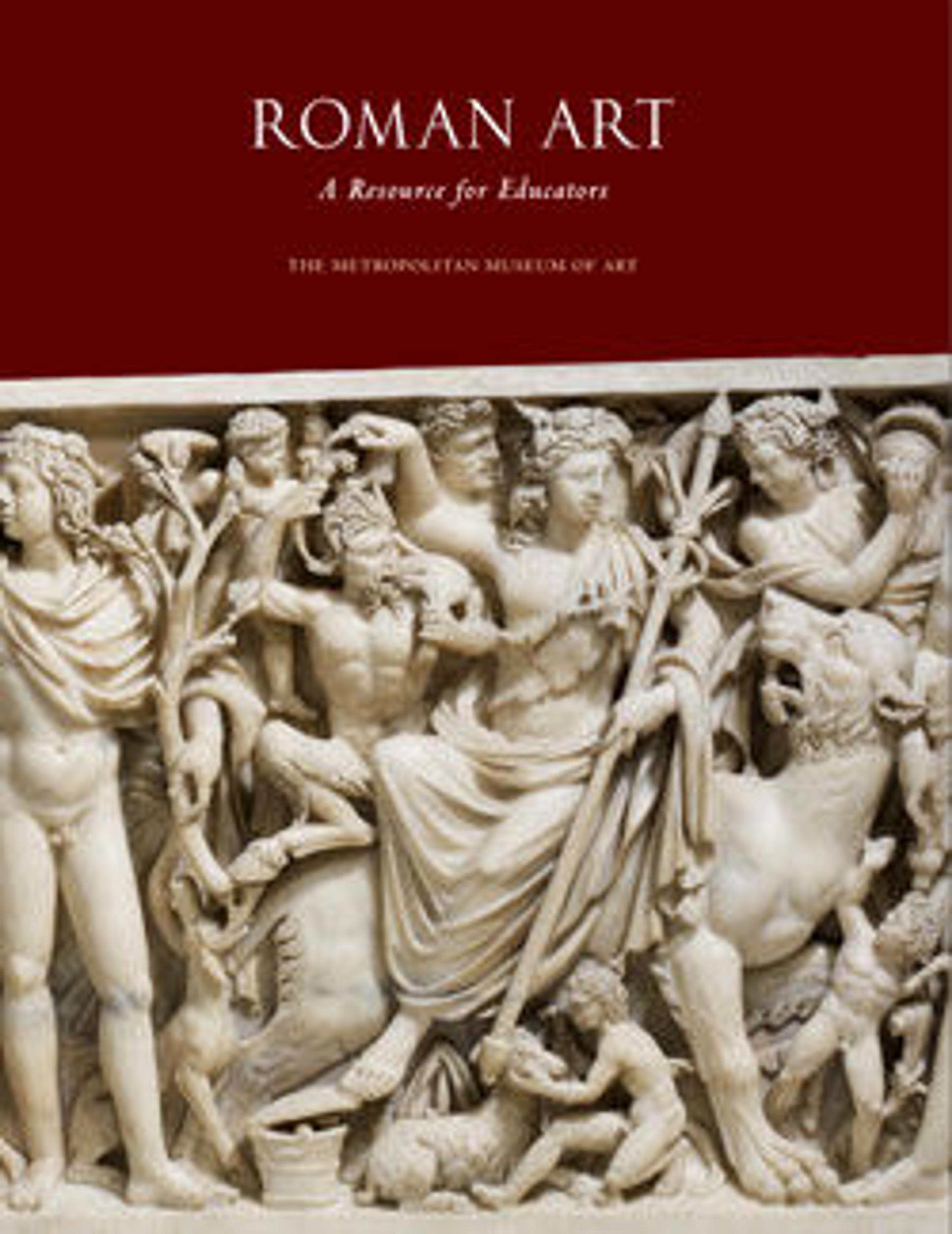Bronze statue of a camillus (acolyte)
As soon as he took power, the emperor Augustus set in motion a program aimed at restoring the time-honored values of virtue, honor, and piety. Religious cults were
revived, temples were built, public ceremonies and sacrifices filled the calendar. Men of every rank chose to be portrayed in the act of pious sacrifice. The popular type of sculpture seen here showed young boys who served as acolytes at religious ceremonies.
The identification of this figure as a camillus, an attendant at sacrifices who was chosen from the noblest families, is based on comparisons with other stages and reliefs, most notably those of the famous monument, the Ara Pacis of Augustus. According to Roman tradition, a camillus had to be below the age of puberty, and both parents must be alive. This statue may have been dedicated at a sanctuary by the boy’s parents, in recognition of his service to the gods. Alternatively, its refined decorative qualities may signal its use as an adornment within a religious precinct, for instance in a dining room for priests.
The figure’s eyes are inlaid with silver, the lips with copper, and the tunic with strips of copper to suggest woven or embroidered bands of color. He likely held ritual objects such as a container for incense in his left hand and a jug for wine or a ladle in his right.
revived, temples were built, public ceremonies and sacrifices filled the calendar. Men of every rank chose to be portrayed in the act of pious sacrifice. The popular type of sculpture seen here showed young boys who served as acolytes at religious ceremonies.
The identification of this figure as a camillus, an attendant at sacrifices who was chosen from the noblest families, is based on comparisons with other stages and reliefs, most notably those of the famous monument, the Ara Pacis of Augustus. According to Roman tradition, a camillus had to be below the age of puberty, and both parents must be alive. This statue may have been dedicated at a sanctuary by the boy’s parents, in recognition of his service to the gods. Alternatively, its refined decorative qualities may signal its use as an adornment within a religious precinct, for instance in a dining room for priests.
The figure’s eyes are inlaid with silver, the lips with copper, and the tunic with strips of copper to suggest woven or embroidered bands of color. He likely held ritual objects such as a container for incense in his left hand and a jug for wine or a ladle in his right.
Artwork Details
- Title:Bronze statue of a camillus (acolyte)
- Period:Early Imperial, Julio-Claudian
- Date:ca. 14–54 CE
- Culture:Roman
- Medium:Bronze
- Dimensions:H. 46 1/8 in. (117.1 cm)
- Classification:Bronzes
- Credit Line:Gift of Henry G. Marquand, 1897
- Object Number:97.22.25
- Curatorial Department: Greek and Roman Art
Audio
1226. Bronze statue of a camillus (acolyte)
0:00
0:00
We're sorry, the transcript for this audio track is not available at this time. Please email info@metmuseum.org to request a transcript for this track.
More Artwork
Research Resources
The Met provides unparalleled resources for research and welcomes an international community of students and scholars. The Met's Open Access API is where creators and researchers can connect to the The Met collection. Open Access data and public domain images are available for unrestricted commercial and noncommercial use without permission or fee.
To request images under copyright and other restrictions, please use this Image Request form.
Feedback
We continue to research and examine historical and cultural context for objects in The Met collection. If you have comments or questions about this object record, please contact us using the form below. The Museum looks forward to receiving your comments.
